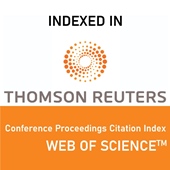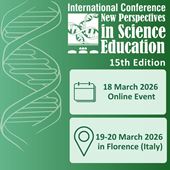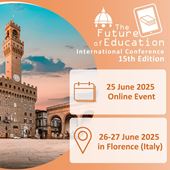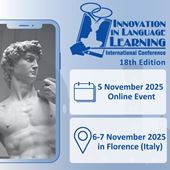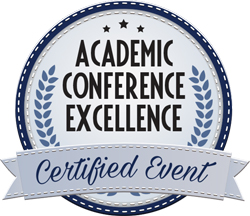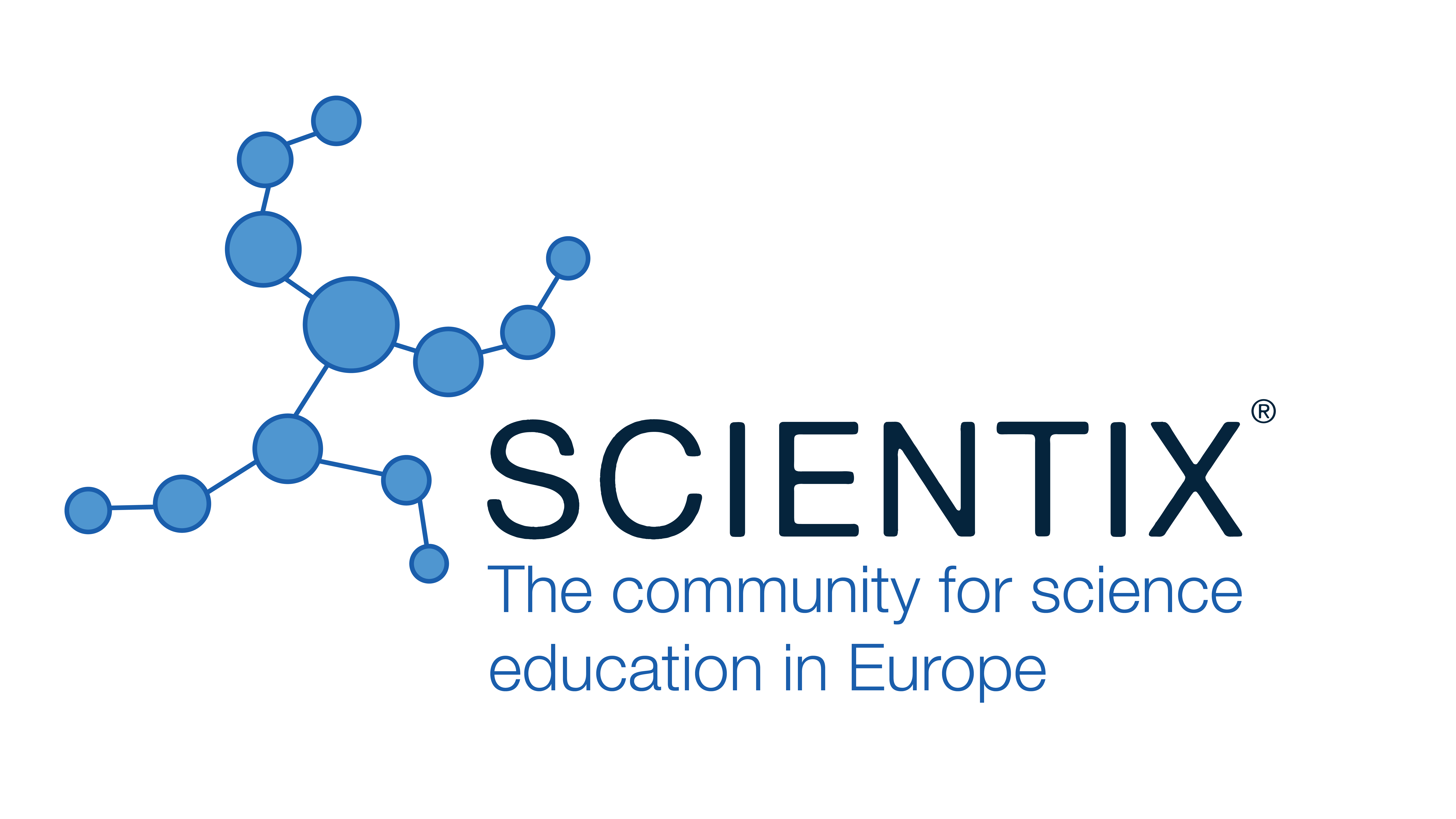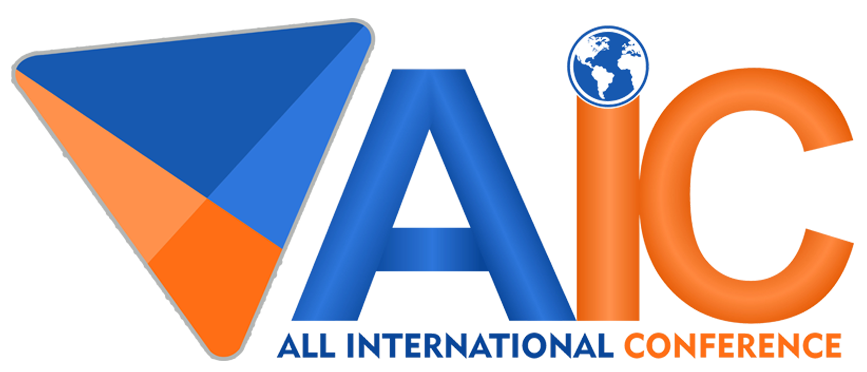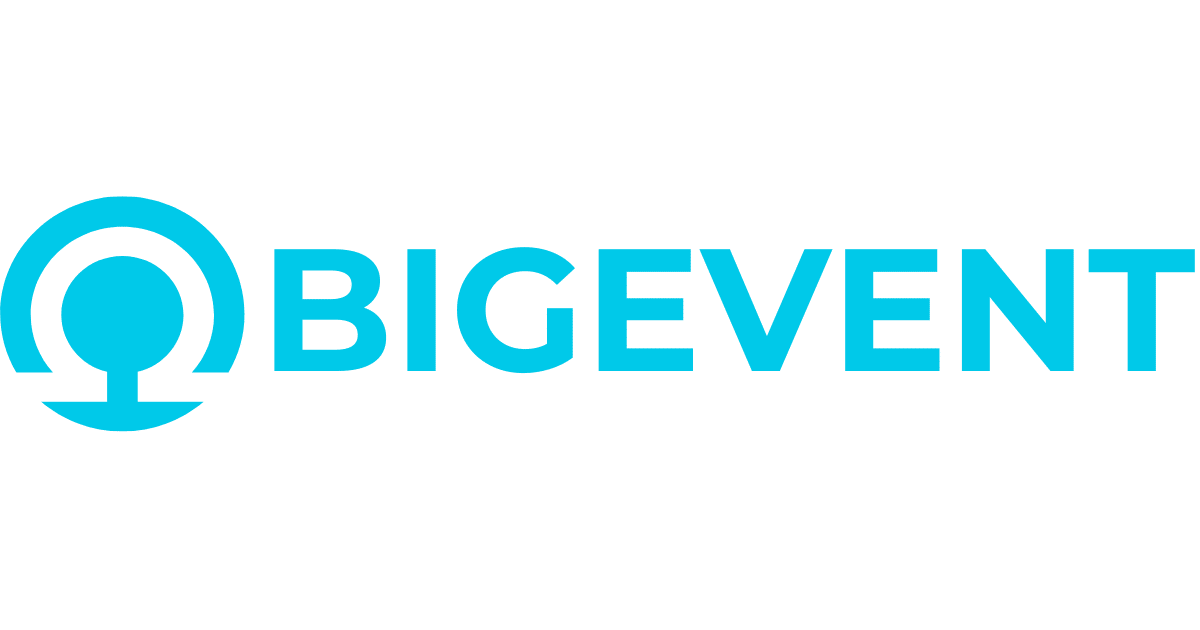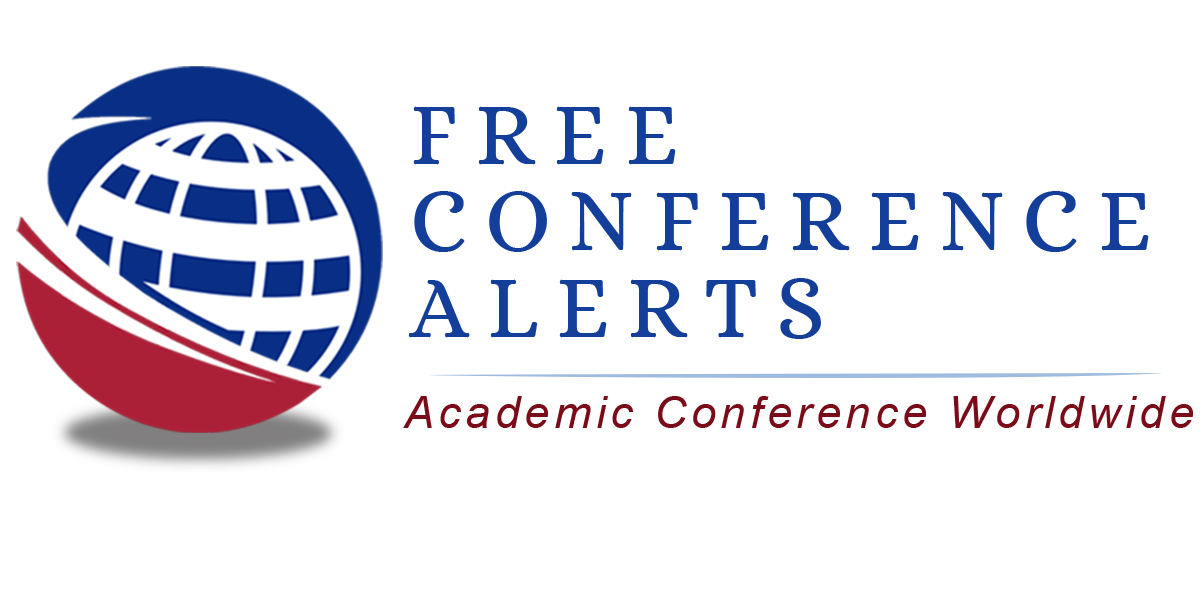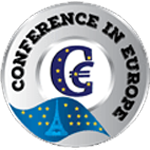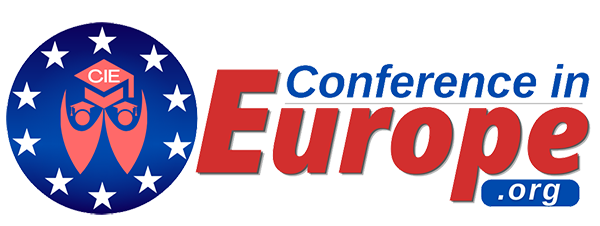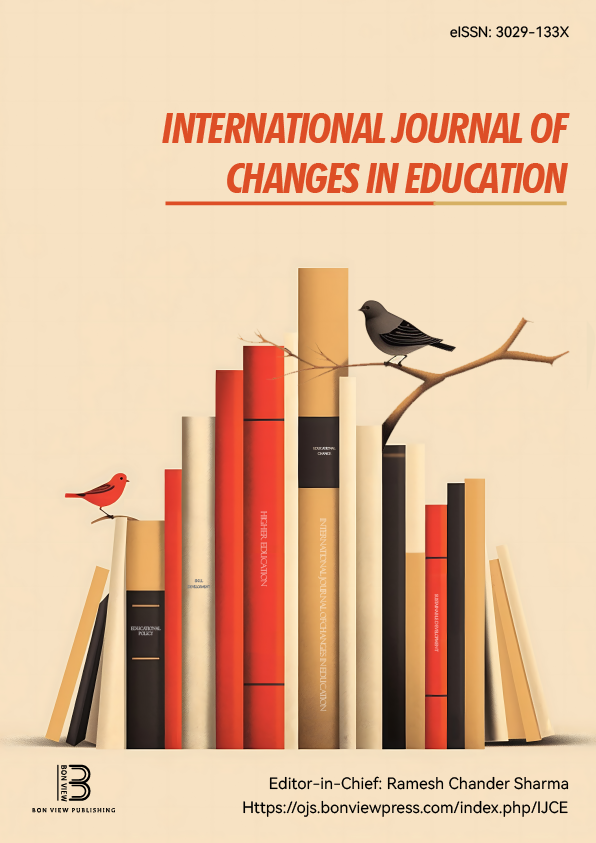Car Brochures In The Language Classroom – Teaching Vocabulary Through Excitement And Passion For Collectibles
Maciej Adamski, Independent researcher (Poland)
Abstract
Learning vocabulary seems to be tough to master for most of language learners. It involves memorisation and discipline. Compiling vocabulary lists from reading or careful vocabulary task completion might be associated with boredom and convention, which proves both the process and result to be ineffective in further communication. From the methodological point of view, car brochures belong to the realm of realia but they become props and language input at the same time, which seems to be additionally productive as Cross (2000, 6) mentions, for instance, cars for effective vocabulary presentation. Advantages for vocabulary teaching lie in this very combination of the visual and textual material. Vocabulary is presented then in the text form but also elicited by the visuals (drawings, photographs, exploded views, etc.) Altun (2017, 155) briefly discusses passion in teaching and learning stating that passionate teachers instil passion in their students. However, if passion comes from the personal interest or hobby of the teacher, the motivational factor may reach a new level. A personalised style of teaching thanks to the use of realia, car brochures in this case, might psychologically affect the teacher-student relationship and bridge the ever-existing gap. On top of that, it might be argued that expanding vocabulary, though, should be placed in an attractive context of passion and excitement which shows the learners that through non-standard materials it is possible to enrich vocabulary across various semantic fields and ranges. The paper is going to position ephemeral print collectibles in the context of language learning and teaching. With a prototypically designed lesson plan, it will be possible to identify the potential scope and limitations of the resource and to discover new stimuli for context-based vocabulary acquisition as car brochures constitute an example of multimodal discourse (cf. Krees et al. 2001, 119 on multimodal agenda in advertising). They include a vast range of semantic fields ranging from lifestyle, technology, design or personal preference and comfort aspects of lexicon. The practical part of the study involves a proposal with in-class activities based on collectible artefacts.
 Innovation in Language Learning
Innovation in Language Learning
